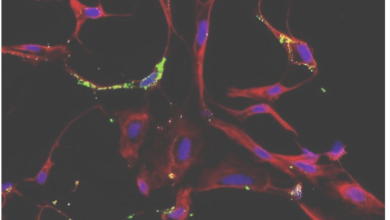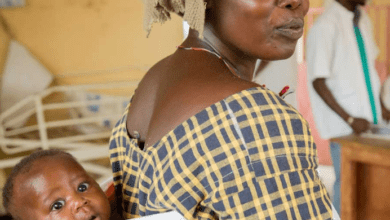Scientists’ Breakthrough in Prosthetic Limbs: A New Era of Bionic Hands

For years, Bionic Hands scientists have dedicated their efforts to revolutionizing prosthetic limbs, aiming to empower amputees and restore their independence. Recent advancements in prosthetic technology have led to a groundbreaking development: the successful fusion of bionic hands with users’ nervous and skeletal systems, showcasing remarkable durability even after prolonged daily use.
READ : The Benefits and Risks of Using Wegovy
This achievement represents a significant milestone in the integration of bionic technology into amputees’ lives, offering newfound possibilities for enhanced functionality and comfort.
Bionic Hands
Swedish woman Karin, who suffered a devastating farming accident resulting in the loss of her right hand, became the first recipient of a pioneering human-machine interface implanted into her residual bone, nerves, and muscles in December 2018, as reported by the Bionics Institute.
The innovative bionic hand, equipped with artificial intelligence (AI) capabilities, was integrated into Karin’s surgically modified residual limb, enabling her to execute precise movements with simple commands.
Professor Max Ortiz Catalan, the leading figure behind the research at the Bionics Institute in Australia and the Center for Bionics and Pain Research (CBPR) in Sweden, collaborated with teams from Sweden, Italy, and Australia for this groundbreaking study, which was recently published in the journal Science Robotics.
Karin’s life has been transformed by this pioneering bionic technology. Previously tormented by excruciating phantom limb pain and discomfort from traditional prostheses, she now enjoys a pain-free, active lifestyle, all thanks to the seamless integration of the bionic hand with her residual limb.
“Before, it felt like I constantly had my hand in a meat grinder, leading to high stress levels and heavy reliance on painkillers,” Karin shared. “Now, not only do I have better control over my prosthesis, but my pain has significantly decreased. I require far less medication to manage it,” she added.
Professor Ortiz Catalan emphasized, “Karin’s successful use of the highly integrated bionic hand in her daily life signifies a pivotal advancement in the field. It highlights the potential life-changing impact of this innovative technology for individuals grappling with limb loss, promising newfound comfort and functionality.”






